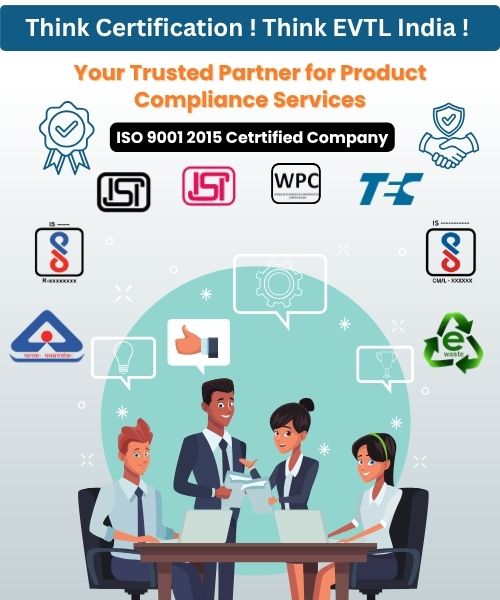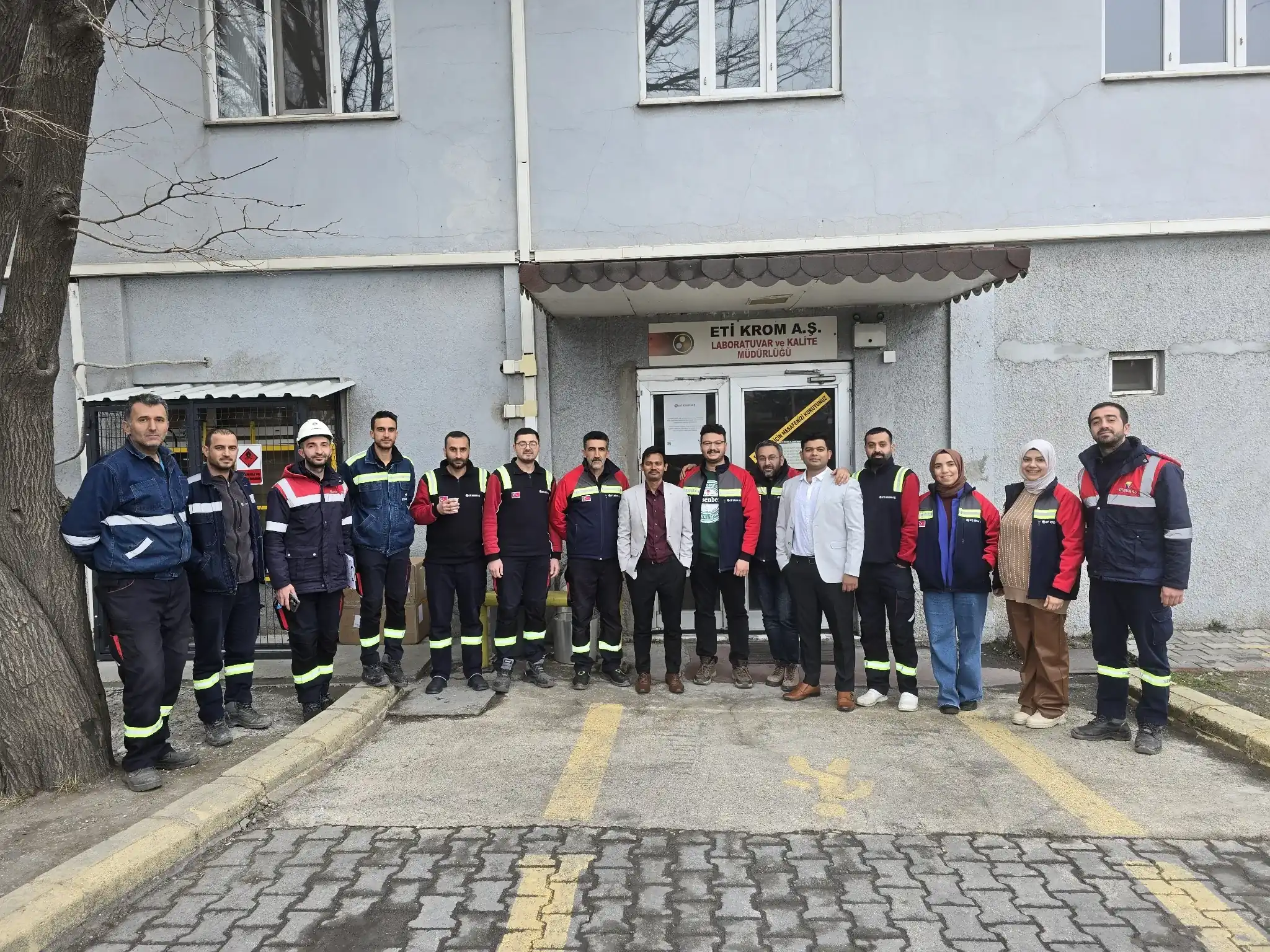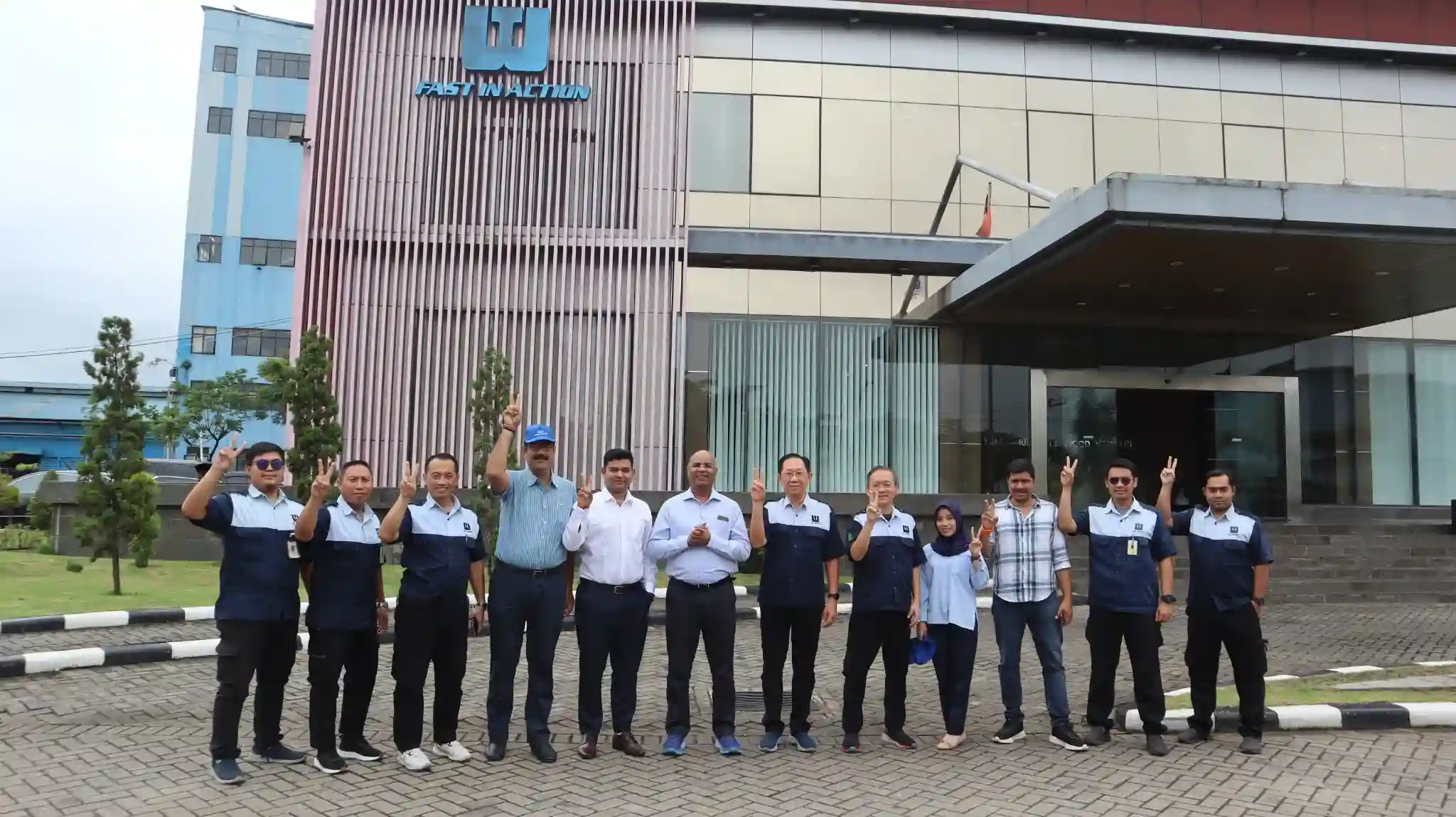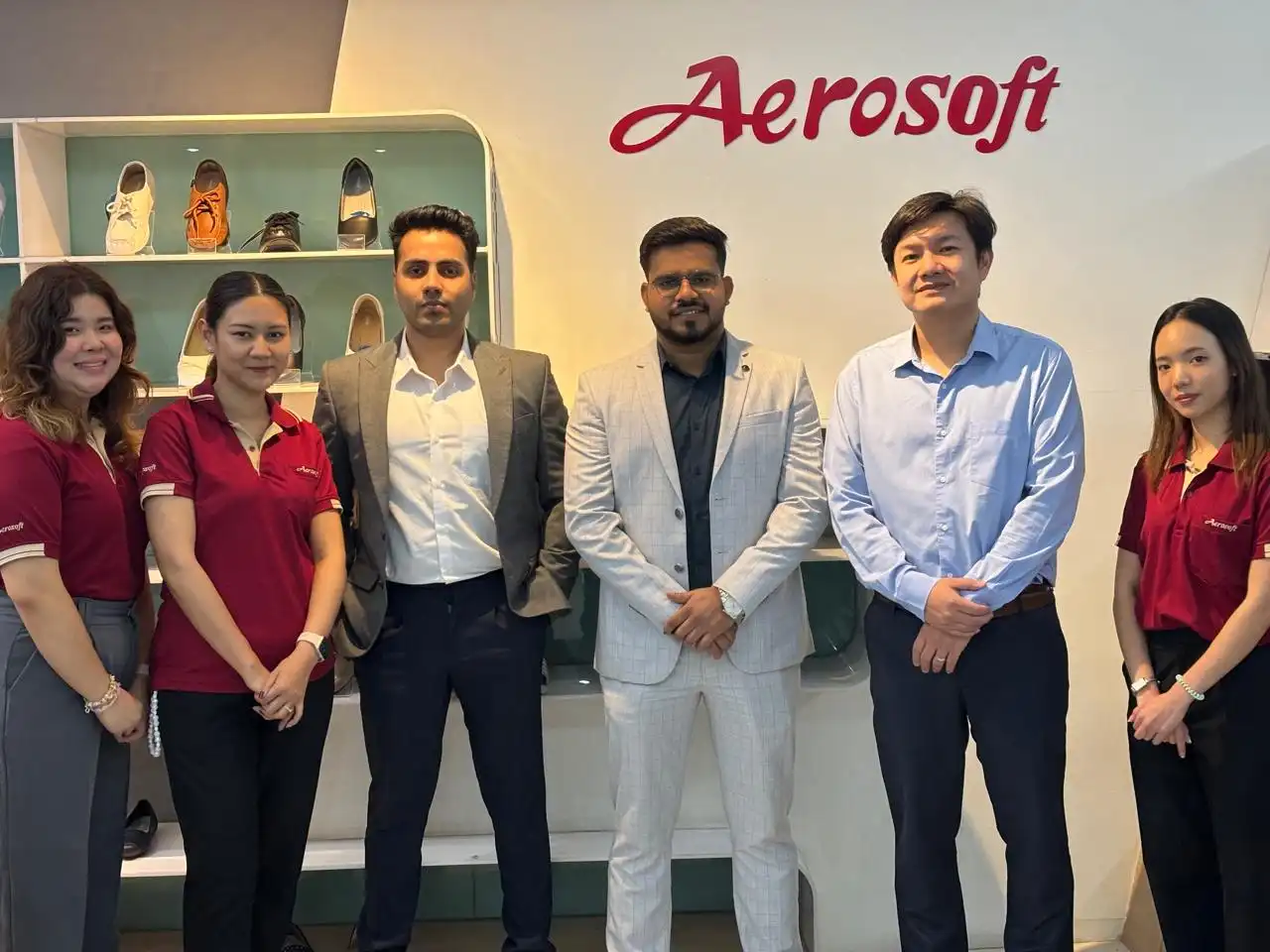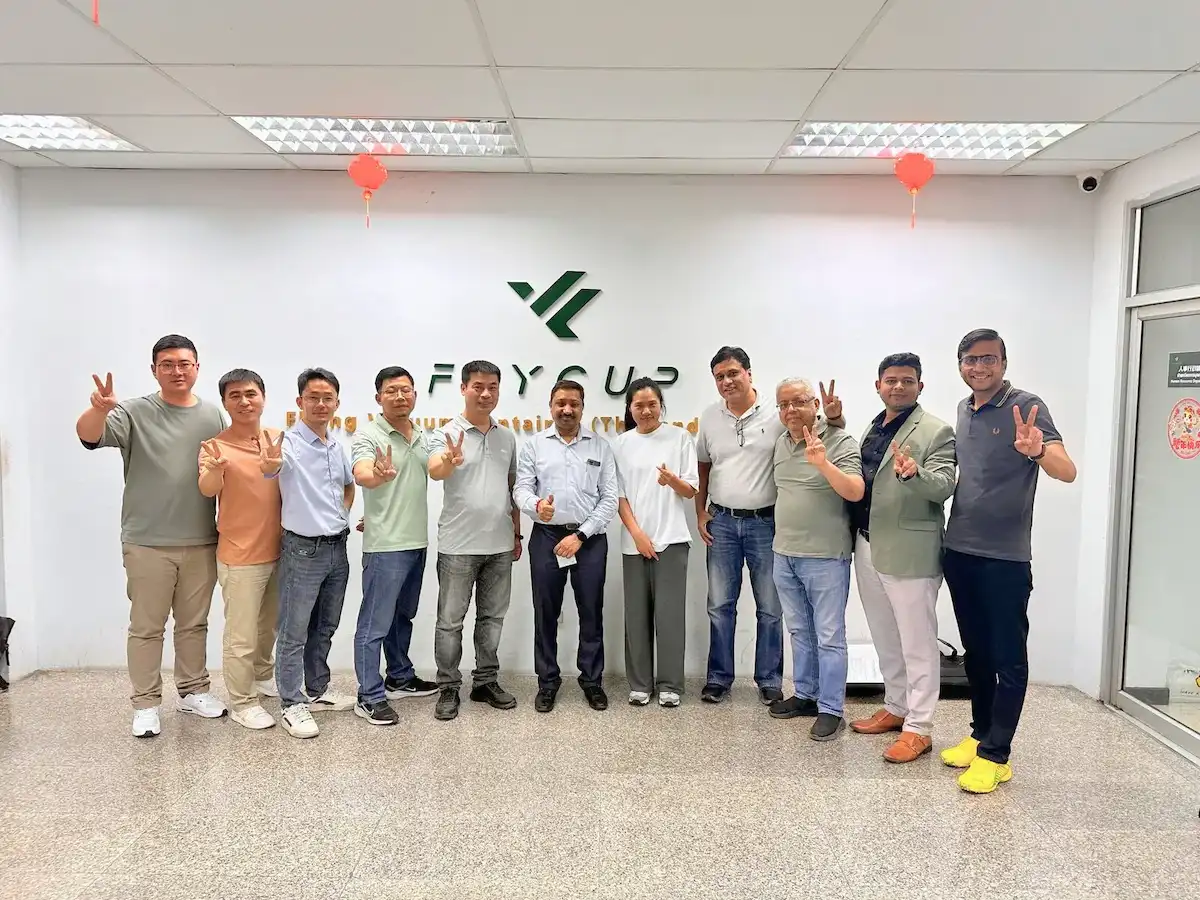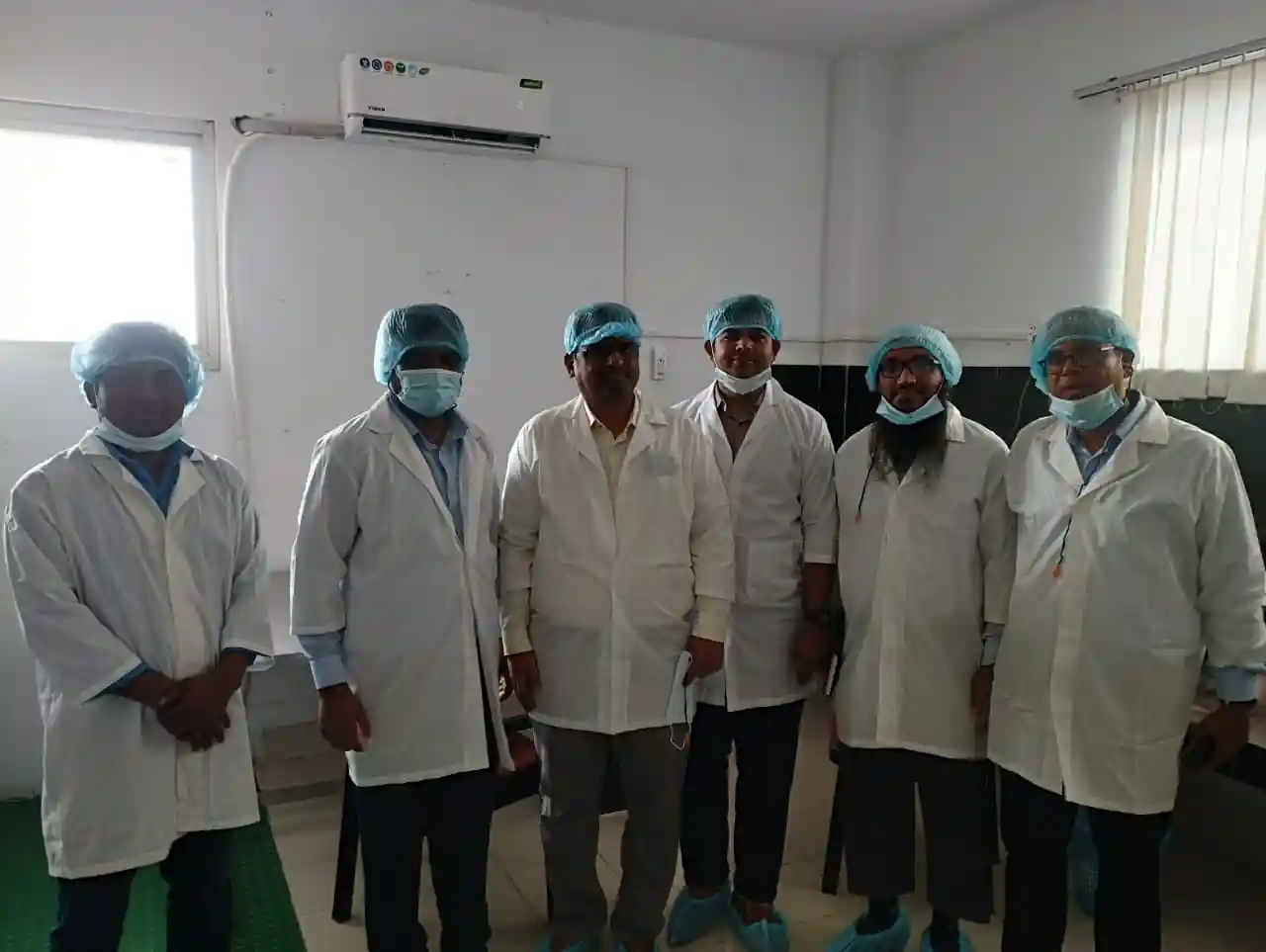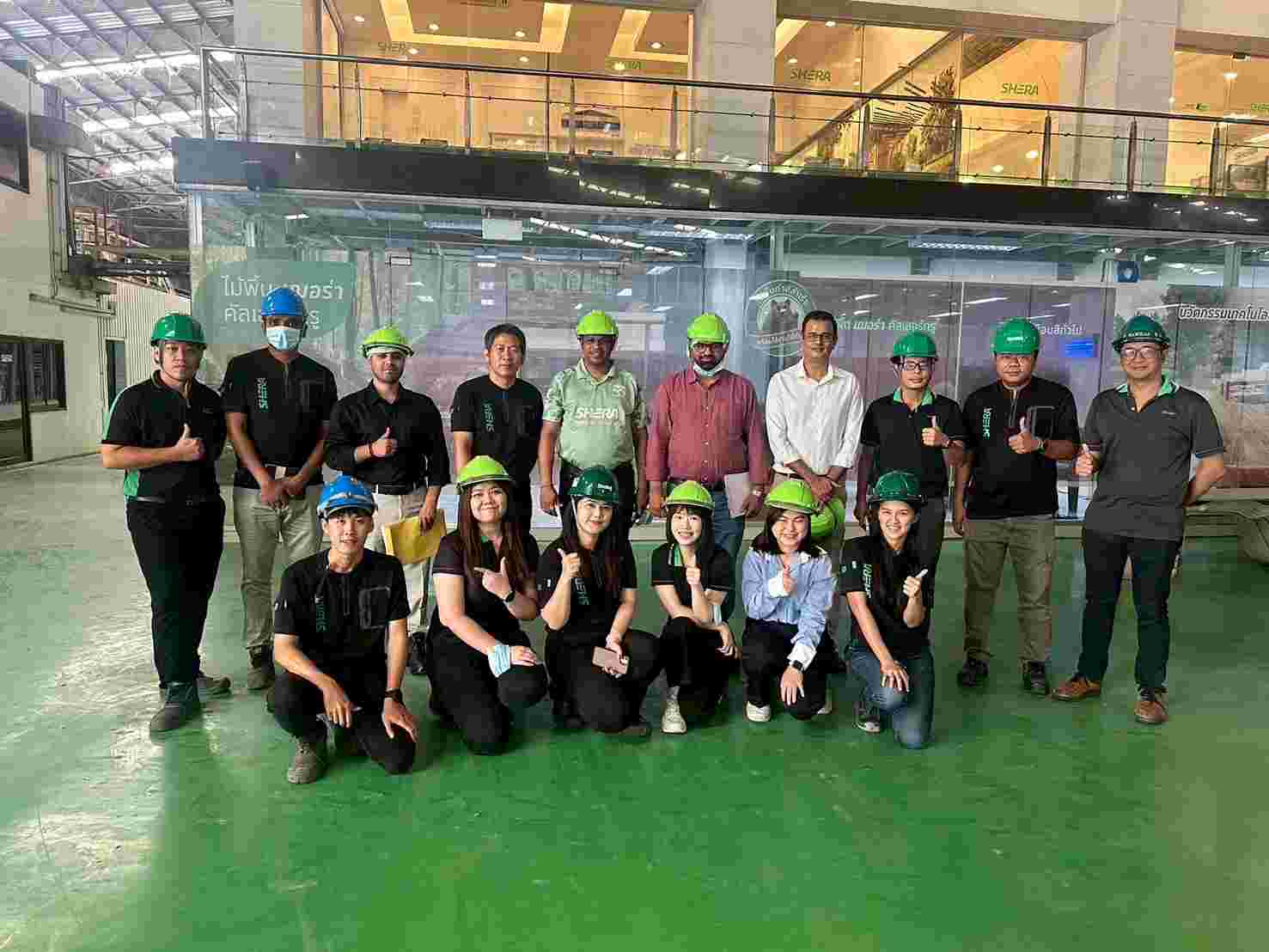Get A Quote
BIS Certification for Household Zig-Zag Sewing Machine/Head – Sewing Requirements IS 15449 (Part 3):2024

The textile and garment industries, as
well as individual households, rely on sewing machines for efficient and
precise stitching. Among the popular choices is the Household Zig-Zag Sewing
Machine/Head, known for its versatility in handling different stitching
patterns. To ensure product quality, safety, and performance, manufacturers
must comply with the Indian Standard for Household Zig-Zag Sewing Machine/Head
– Sewing Requirements, outlined under IS 15449 (Part 3):2024.
The Bureau of Indian Standards (BIS)
governs the certification of such products to ensure consistency and safety.
Obtaining the ISI Mark certification for Household Zig-Zag Sewing Machine/Head
– Sewing Requirements is mandatory for manufacturers seeking to legally market
their products in India. The ISI Mark signifies conformity to strict quality
standards and enhances product credibility.
What is IS
15449 (Part 3):2024?
IS 15449 (Part 3):2024 defines the
sewing requirements for Household Zig-Zag Sewing Machine/Head. This standard
specifies performance parameters such as stitch formation, sewing speed,
tension control, feed accuracy, and other sewing-related functionalities
necessary for reliable and effective use in domestic settings.
By complying with this Indian Standard
for Household Zig-Zag Sewing Machine/Head – Sewing Requirements, manufacturers
assure consumers that their sewing machines deliver consistent stitch quality
and functional reliability.
Importance of
ISI Mark Certification for Household Zig-Zag Sewing Machine/Head – Sewing
Requirements
The ISI Mark certification for
Household Zig-Zag Sewing Machine/Head – Sewing Requirements assures regulators,
retailers, and customers that the product meets the benchmarks established by
BIS. Without this certification, manufacturers cannot legally sell or
distribute their sewing machines in the Indian market.
Once certified, manufacturers are
awarded an ISI mark certificate, authorizing them to affix the ISI Mark for
Household Zig-Zag Sewing Machine/Head – Sewing Requirements on their products.
This mark builds customer confidence and opens up wider market opportunities.
The certification process doesn’t end with receiving the ISI mark certificate.
Manufacturers must maintain continuous compliance through periodic audits and
testing to retain their ISI Mark certification for Household Zig-Zag Sewing
Machine/Head – Sewing Requirements. Staying informed about any updates to the
Indian Standard for Household Zig-Zag Sewing Machine/Head – Sewing Requirements
is critical.
Key Benefits
of ISI Mark Certification
- Regulatory Compliance: Mandatory for selling sewing machines in India.
- Consumer Trust: The ISI Mark signals quality, safety,
and reliability.
- Market Preference:
Many buyers and institutions prioritize products with ISI Mark certification.
- Competitive Advantage: Distinguishes certified products from uncertified
alternatives.
Certification
Process for Household Zig-Zag Sewing Machine/Head – Sewing Requirements
Obtaining BIS certification for
Household Zig-Zag Sewing Machine/Head – Sewing Requirements involves the
following steps:
- Application
Submission: Submit the completed application
form with necessary documentation to BIS.
- Document Review: BIS evaluates the submitted documents to verify accuracy and
completeness.
- Factory Inspection: BIS officials conduct on-site inspections to assess
manufacturing processes and quality control systems.
- Sample Testing: Product samples are collected and tested at BIS-approved
laboratories to verify compliance with Indian standards.
- Certification Grant: Upon successful inspection and testing, the BIS issues the certification, allowing the use of the ISI Mark.
Documents Required for BIS Certification
To apply for ISI
Certification for Household Zig-Zag Sewing Machine/Head – Sewing Requirements,
manufacturers must provide the following documents:
● Completed application form
● Detailed manufacturing process
information
● Quality control plans and test
reports
● Factory layout and equipment
details
● Product specifications and
technical details
● Business registration proof
● Declaration of conformity to
Indian standards
Additional documentation may be
required based on product specifications and environmental regulations.
BIS ISI Mark Certification Costing And Timeline
To Know The Process in Detail, Please Visit:
Under BIS Registration Products ISI and CRS
Conclusion
Obtaining the ISI Mark certification
for Household Zig-Zag Sewing Machine/Head – Sewing Requirements under IS 15449
(Part 3):2024 is not just a legal obligation; it is a commitment to quality and
consumer satisfaction. The ISI Mark reinforces product reliability and
strengthens a brand’s position in the competitive Indian market.
For manufacturers planning to apply
for the ISI mark certificate or seeking guidance through the BIS certification
process, collaborating with BIS consultants or certification experts can
simplify the journey and ensure full compliance.
Free Call Back
Latest News & Update
📅 BIS Critical Component List (CCL) Updates for Solar PV Modules
🕒 BIS Fee Concessions for MSMEs and Startups | EVTL India
📅 Guidelines for Implementation of Essential Requirements for Security of CCTV
🕒 Omnibus Technical Regulation (OTR) Amendment Order, 2025
🕒 Extension of Timeline for Filing Annual Returns by Battery Producers
📅 Extension of Timeline for Filing Quarterly and Annual Returns for E-Waste
🕒 Extension of Concurrent Running Period for IS 302-1: 2008 and IS 302 (Part 1): 2024
🕒 BIS Guidelines for Grant of Licence (GoL) | EVTL India
📅 CPCB Guidance on filing of Application, Fees and more
🕒 CPCB Notification on Labelling of Plastic Packaging
📅 Mandatory Compliance for Input Materials of Steel and Steel Products for Imports
🕒 BIS Guidelines for Scheme-X Certification for OTR-Regulated Products
📅 BIS Upgrades Product Certification License Numbers to 10-Digit Series
🕒 BIS Certification No Longer Mandatory for 14 Chemical & Polymer Categories
Why Choose EVTL INDIA
Expertise in Indian Regulatory Standards
End-to-End Support
Trusted by Top Indian & Global Brands
Fast Processing & Transparent Pricing
Strong Liaison with Indian Authorities
Company Profile